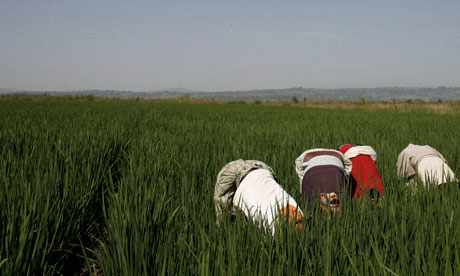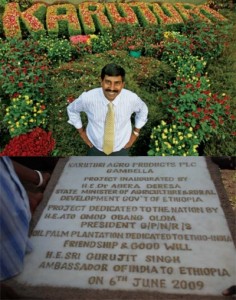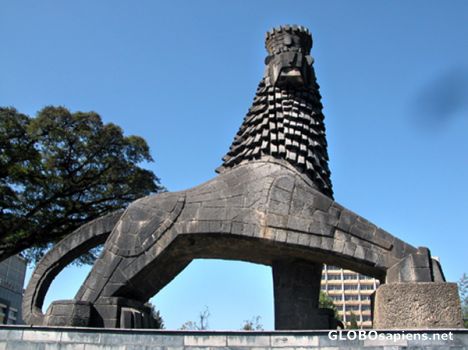Every culture has
unique customs or beliefs that can be seen as odd or shocking to those who have
lived outside of that cultural bubble.
One of the most
surprising cultural differences between Australian and Ethiopian customs (to me
at least) is our perception of socially acceptable intimacy within friendships.
 |
| Acceptable In Ethiopia, Weird in Australia |
In Adis Ababa, Ethiopian
friends of the same sex can hold hands with one another without a second
thought, despite being in a country where homosexuality is illegal. However if
a man and a woman were to hold hands it would be frowned upon.
 |
| This would be weird if two straight males were doing this |
When I learnt this, I
was GOBSMACKED. Here in Melbourne Australia, hand holding is considered to be
an intimate gesture reserved for lovers, or a physical sign of affection for
childish young girls (teeny boppers).
 |
| Cute kids holding hands; Macho men don't like to be called cute |
In Melbourne, two
straight adult male friends would not seriously hold hands walking down
Flinders Street for a myriad of reasons. One being that it is not considered a
very masculine thing to do, as hand holding is generally perceived as childish
or too effeminately affectionate. In addition, they might be considered to be
in a homosexual relationship, and thus don't want to send the wrong image by
holding hands.
However, would I feel
culture shock (cs) seeing this completely foreign hand holding everywhere in
Addis Ababa? At first I said yes, this
Ethiopian custom shocks me because it is completely opposite to my Australian
conception of acceptable intimacy within friendships. However, now I learned
that it is a source of cultural confusion (cc) , not shock as Hottola (2004)
explains in his journal article 'Culture
Confusion, Intercultural Adaptation in Tourism."
Therefore
to combat similar culture confusion it's best to do some research on the host
culture of your destined country and to keep an open mind about further
cultural oddities that you might find. Frankly, many cultures
have different beliefs, and in a globalised community that's what makes our
global culture interesting and colourful.
















